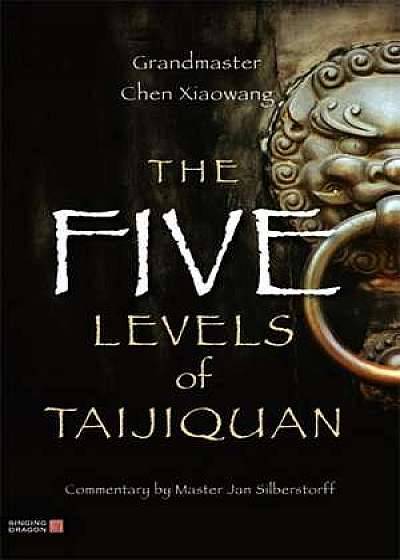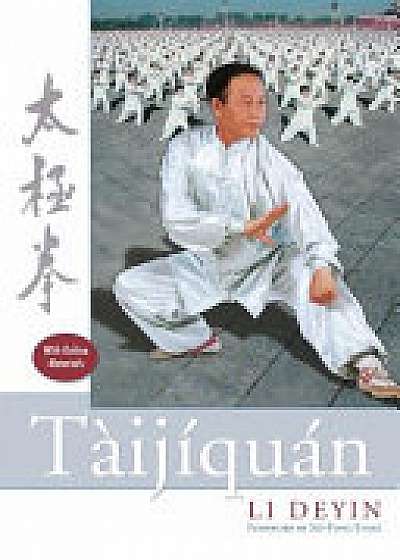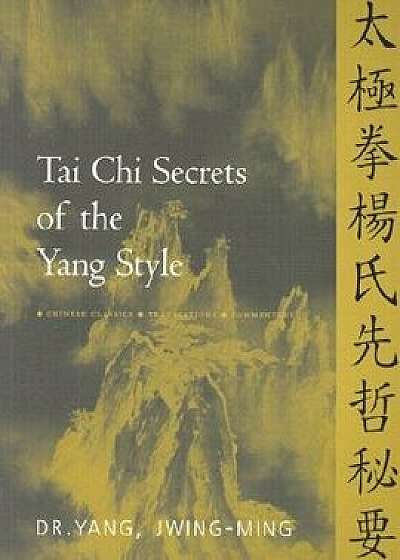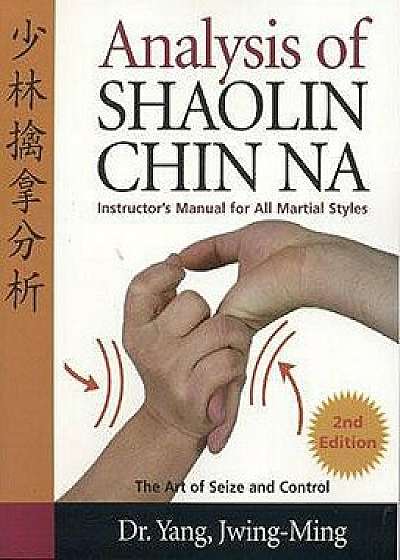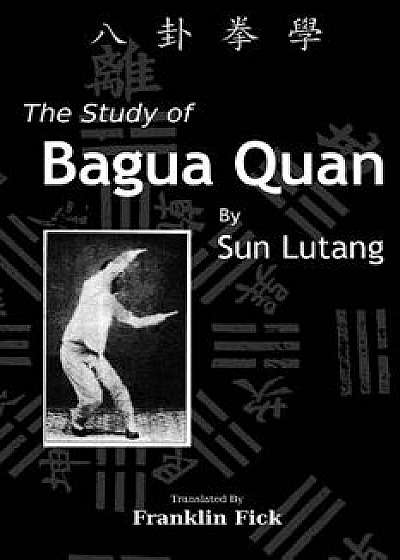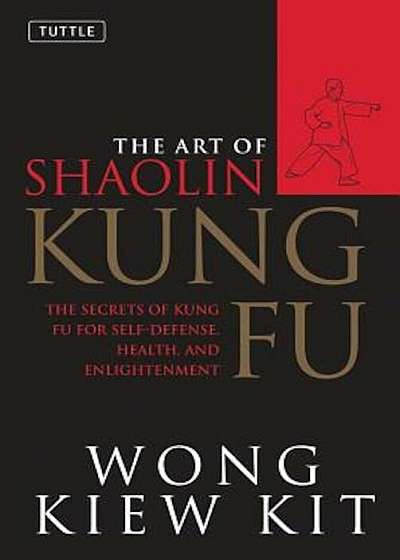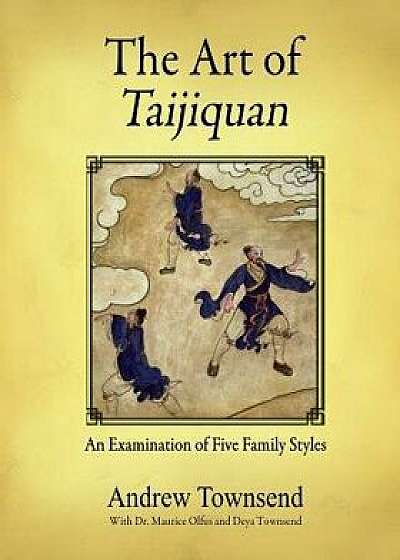
The Art of Taijiquan: An Examination of Five Family Styles, Paperback/Andrew Townsend
Descriere
The intended purpose of this book is to enhance your understanding and appreciation of the Chinese martial art of taijiquan, of which there are five major family styles: Chen, Yang, Wu, Wh/Hao, and Sun. Although anyone interested in learning and practicing this profound and challenging art will benefit from studying the material presented here, it will be most relevant to those individuals who presently practice at least one traditional family style of taijiquan. This book is divided into three sections. Part one addresses the fundamental concepts and principles of the art of taijiquan. As you read through this first section of the book, you will note that many of principles and concepts are shared by more than one family style, and that the most basic principles are universal to all styles of taijiquan. Part two, which is the main focus of this book, presents a number of postures which are included in all five of the main family styles of taijiquan. Practitioners of these styles will be familiar with these postures, although the names may vary somewhat depending upon the family style. In deference to the original thirteen postures of taijiquan, thirteen representative postures that occur in each of the five major family styles of taijiquan have been selected for analysis and comparison. As the various family styles of taijiquan developed and diverged from one another, each family style developed its own distinctive defining characteristics. While some postures, such as Single Whip (dan bian) or Parting the Wild Horse's Mane (ye ma fen zhong), retained their original names, the postures themselves began to change in appearance. These differences can appear, at least superficially, to be quite distinct. Adherents of a given style are encouraged to discover both the differences and the shared elements within each posture presented within part two as they are expressed individually in each of the family styles. Part three explores the more martial aspects of the art of
